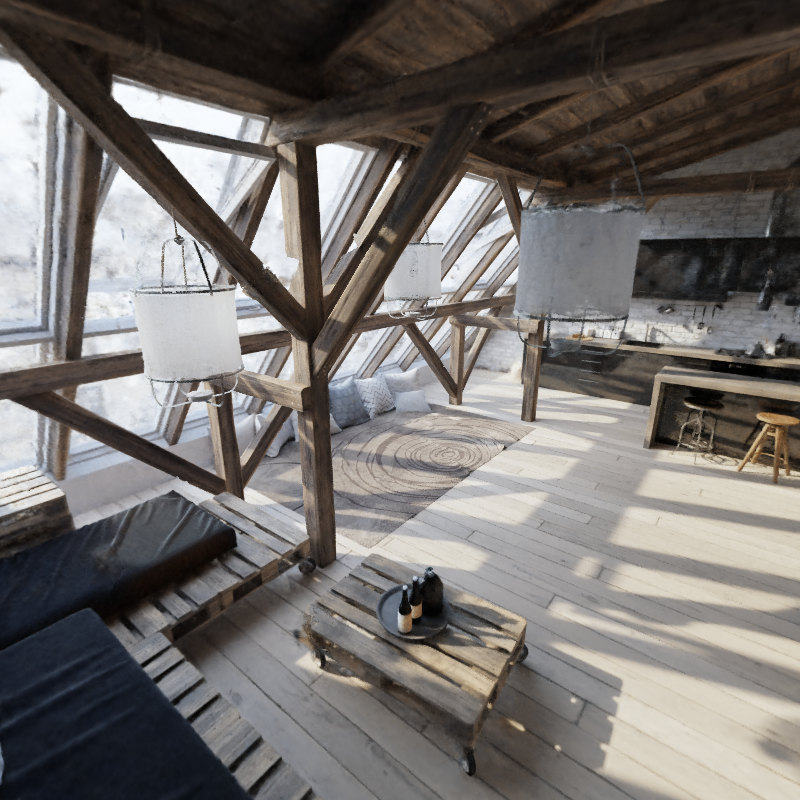
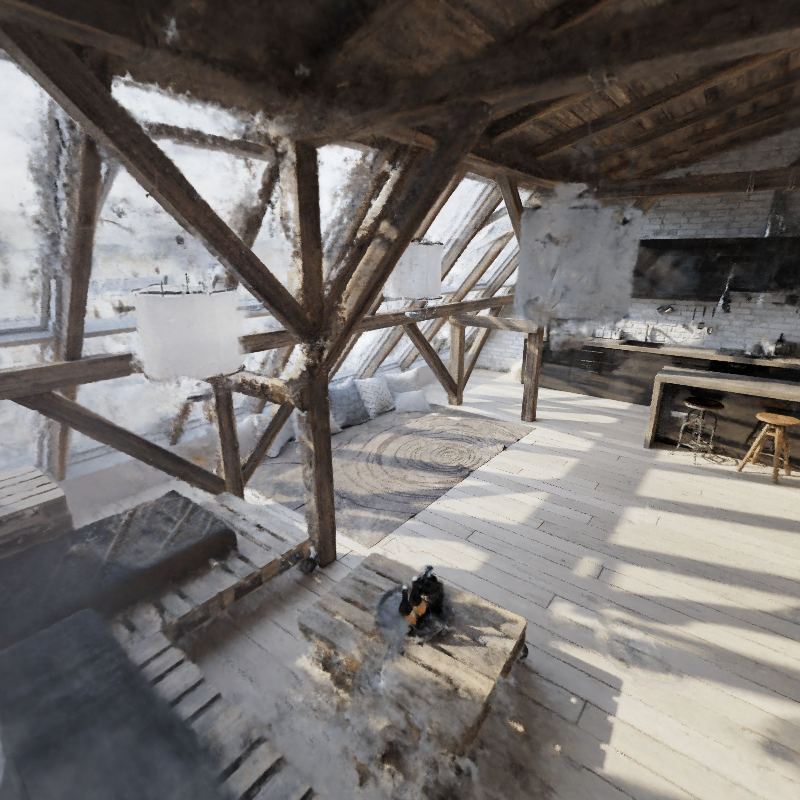
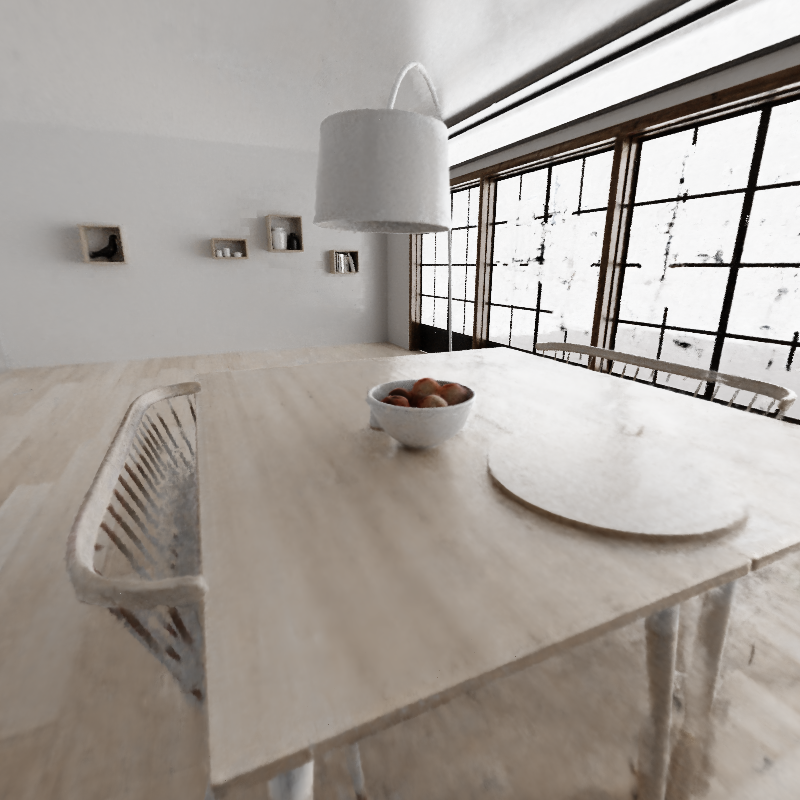
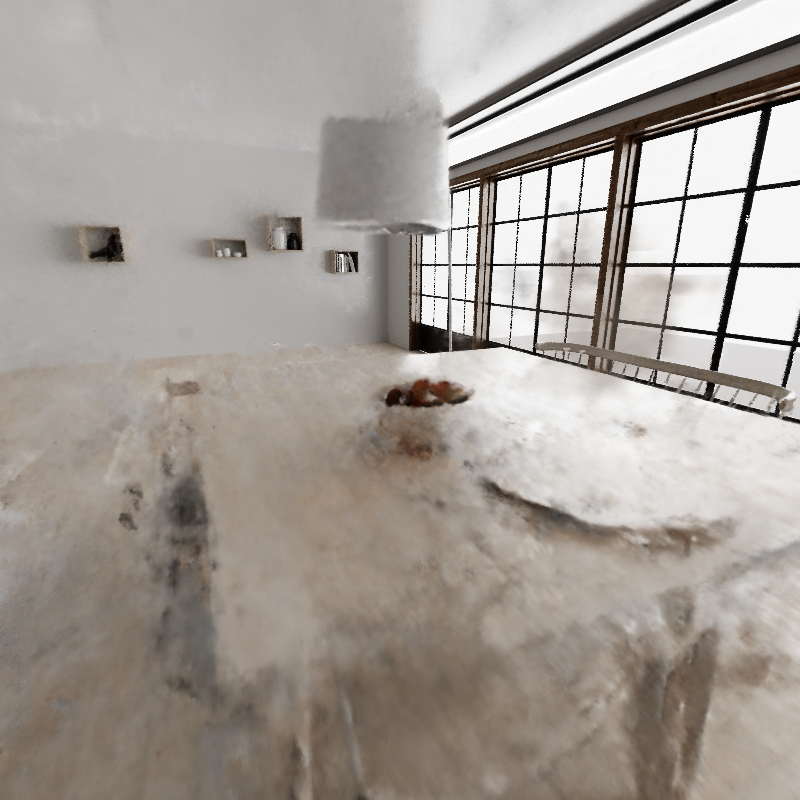
We used 5 synthetic scenes modeled by professional artists to represent realistic indoor environments. For each scene we construct a training set corresponding to each one of the algorithms we want to evaluate and multiple test sets that provide a good overview of the total quality throughout the scene. Our test-sets contain a total 150 views that are distinct from the training views. The test-sets are split in 3 sub-sets: 1) 50 random views using the "Hemisphere" capture style 2) 50 views using "Random" caputre style and 3) 50 views using our sampling process. The purpose of the multiple test sets is to evaluate each algorithm fairly throughout different camera distributions such that the quantitative metric evaluate the total quality throughout the scene. This avoids bias towards one of the aforementioned distributions, and allows a more comprehensive overall evaluation of our algorithm





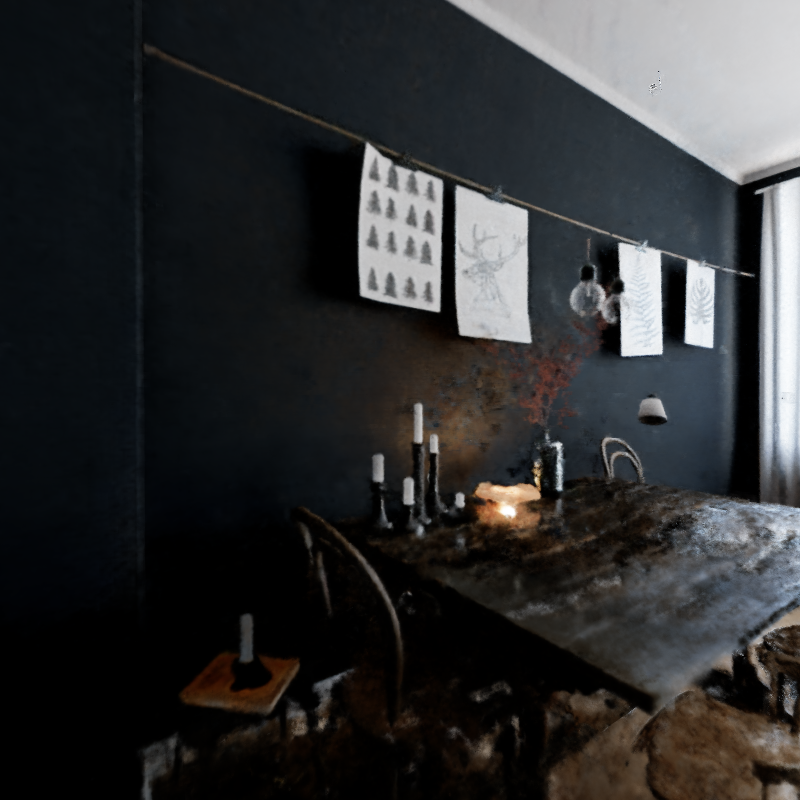
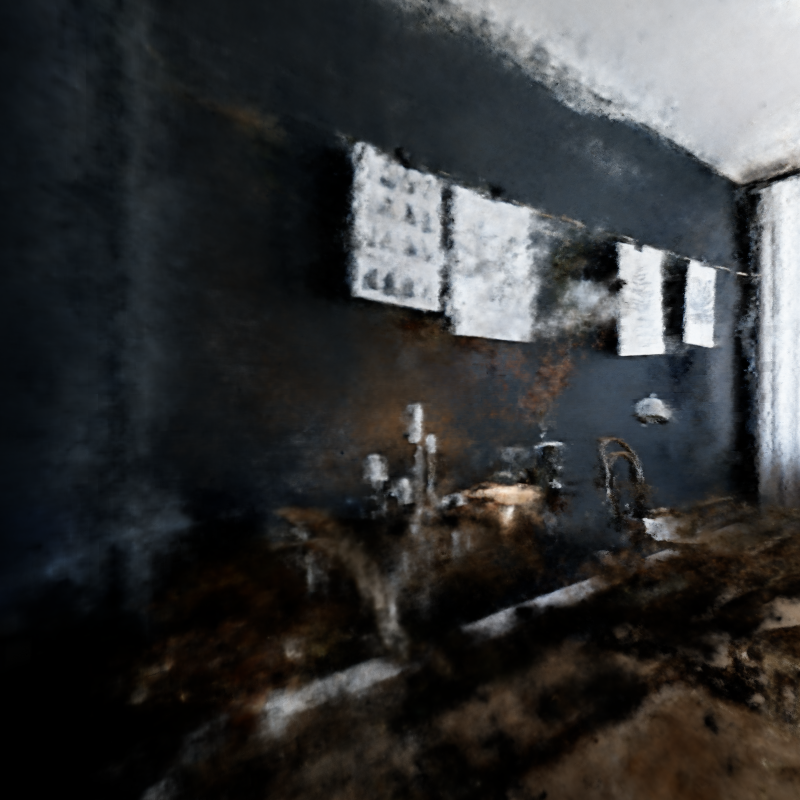
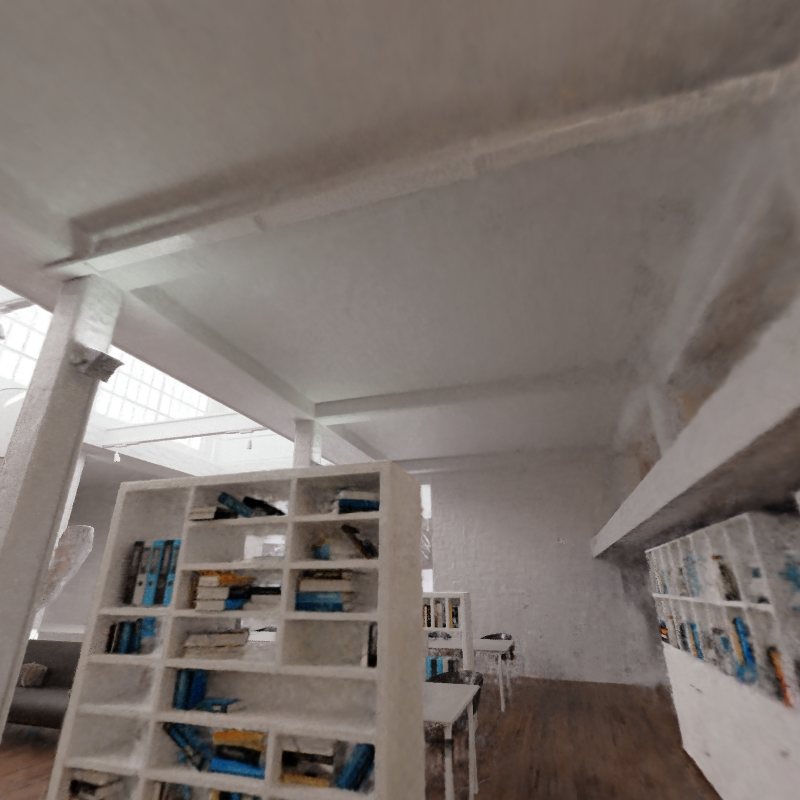
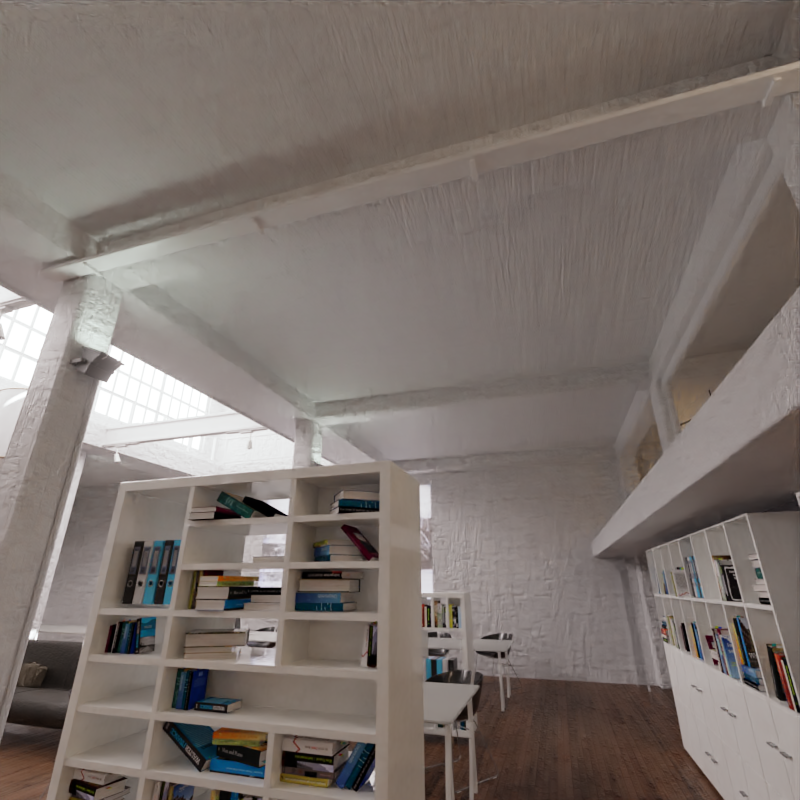
@inproceedings {10.2312:vmv.20231222,
booktitle = {Vision, Modeling, and Visualization},
editor = {Guthe, Michael and Grosch, Thorsten},
title = {{Improving NeRF Quality by Progressive Camera Placement for Free-Viewpoint Navigation}},
author = {Kopanas, Georgios and Drettakis, George},
year = {2023},
publisher = {The Eurographics Association},
ISBN = {978-3-03868-232-5},
DOI = {10.2312/vmv.20231222}
}
This research was funded by the ERC Advanced grant FUNGRAPH No 788065. The authors are grateful to Adobe for generous donations, the OPAL infrastructure from Université Côte d’Azur and for the HPC resources from GENCI–IDRIS (Grant 2022-AD011013409). The authors also thank the anonymous reviewers for their valuable feedback.